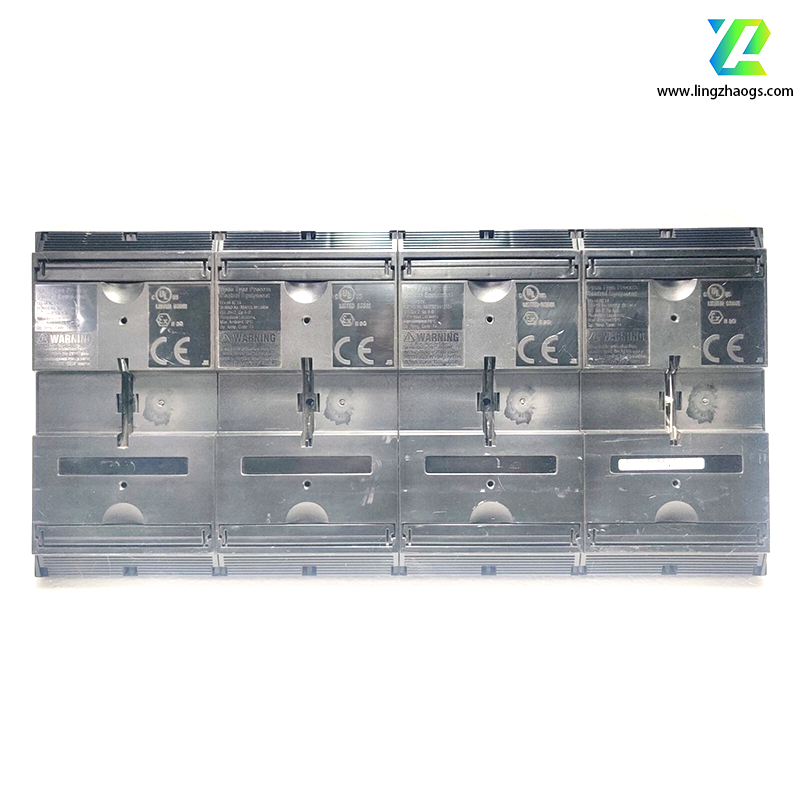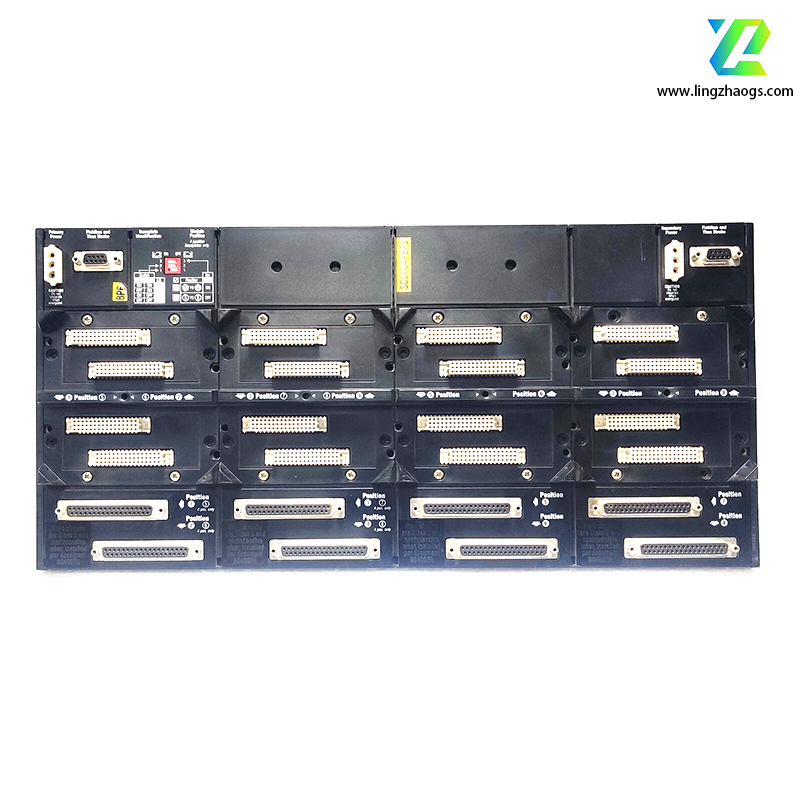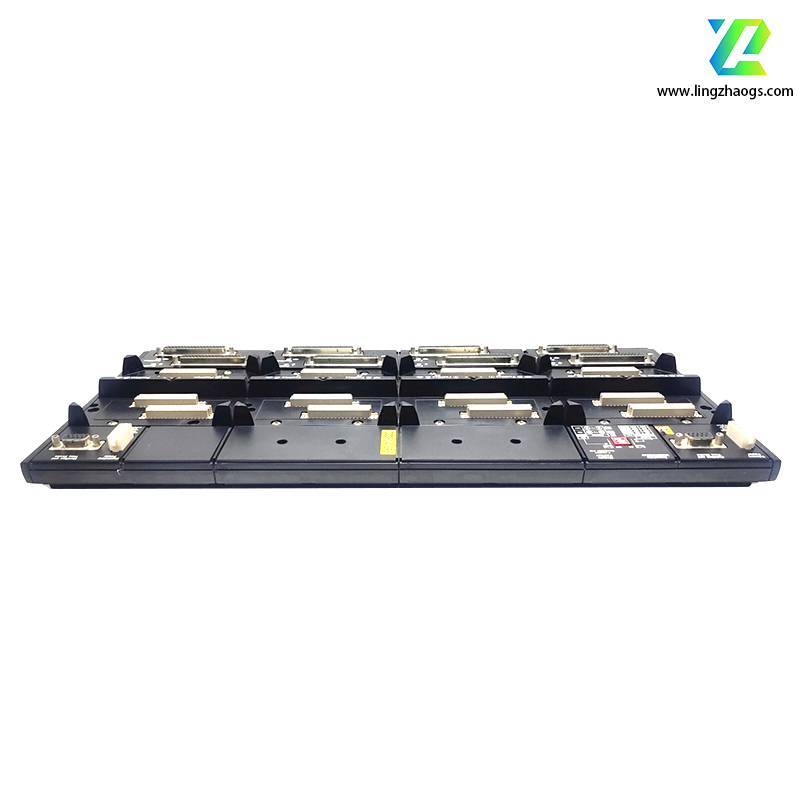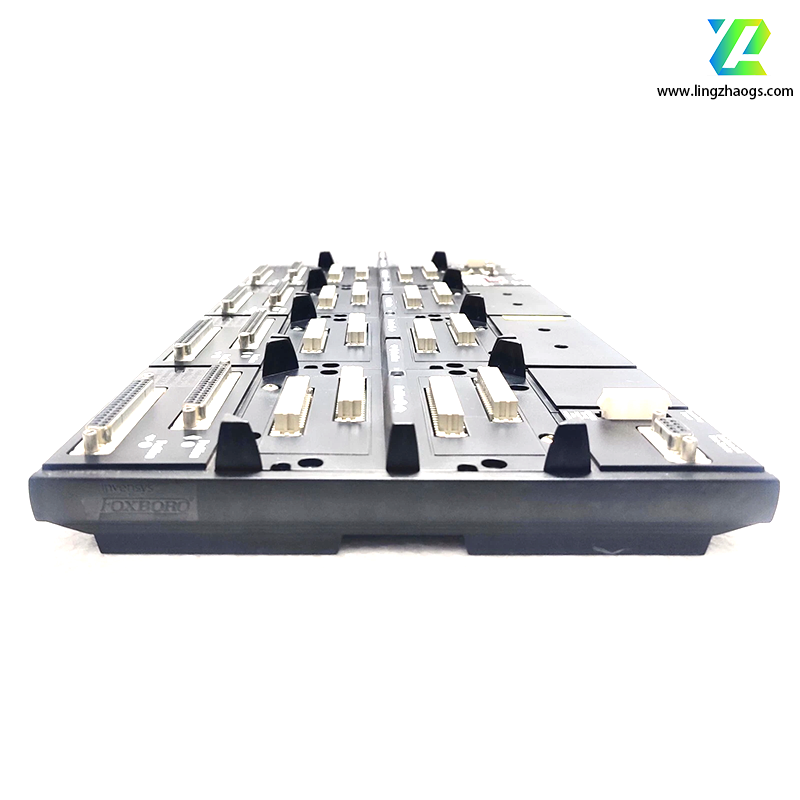Foxboro P0926JM is a fieldbus communication module tailored for the Foxboro I/A Series Distributed Control System (DCS), focusing on reliable data transmission between field devices and the central control unit in industrial automation. Below is its detailed information in English.
The Foxboro P0926JM serves as a key communication bridge within the Foxboro I/A Series DCS. Its core function is to enable seamless data exchange between various field instruments (such as sensors, transmitters, and actuators) and the DCS controller. It is engineered to handle industrial communication protocols and condition signals, ensuring stable performance even in harsh environments—critical for maintaining real-time process monitoring and control in industrial settings.
- Core Function: Fieldbus communication and signal interface, specialized for protocol conversion and data transmission in the I/A Series DCS.
- Communication Protocol: Native support for Foxboro I/A Series fieldbus protocols; may also be compatible with industry-standard protocols (e.g., Modbus RTU) via configuration, ensuring compatibility with diverse field devices.
- Input/Output (I/O) Compatibility: Designed to interface with standard industrial signals, including 4–20 mA analog signals and discrete (on/off) signals, adapting to common field device outputs.
- Isolation: Galvanic isolation (up to 1500 V AC) between communication channels and the system bus, effectively reducing electromagnetic interference (EMI) and protecting against voltage surges.
- Power Supply: Operates on 24 V DC (redundant power input option available for high-reliability applications, preventing downtime from single power source failures).
- Operating Temperature Range: -40 °C to +70 °C, suitable for extreme industrial conditions (e.g., chemical plants, refineries, and power stations).
- Relative Humidity: 5%–95% (non-condensing), resistant to moisture in humid operational environments.
- Physical Dimensions: Compact form factor, approximately 102 mm × 45 mm × 104 mm (matching standard I/A Series rack dimensions for easy integration).
- Weight: Approximately 0.28 kg, lightweight for convenient installation and maintenance.
- Reliable Data Transmission: Optimized for low-latency communication, ensuring real-time data transfer between field devices and the DCS—critical for time-sensitive industrial processes.
- Protocol Flexibility: While natively integrated with Foxboro’s fieldbus, it supports configurable compatibility with common industrial protocols, expanding its ability to connect with third-party field instruments.
- Robust Anti-Interference Design: Galvanic isolation and EMI filtering technology minimize signal distortion caused by industrial electrical noise, ensuring data accuracy.
- Easy Diagnostics & Maintenance: Front-panel LED indicators (e.g., "Power On," "Communication Normal," "Fault") provide clear status visibility, allowing operators to quickly identify issues like communication failures or power loss.
- Seamless DCS Integration: Plug-and-play compatibility with the Foxboro I/A Series hardware and software reduces setup time, eliminating the need for complex custom configuration.
- Process Automation: Used in chemical, petrochemical, and pharmaceutical plants to connect flow transmitters, pressure sensors, and temperature probes to the DCS, enabling precise control of reaction processes.
- Power Generation: Integrates with instruments monitoring boiler pressure, turbine temperature, and electrical parameters (e.g., current, voltage) in power plants, supporting safe and efficient energy production.
- Water & Wastewater Treatment: Connects to level sensors, pH analyzers, and pump controllers, facilitating automated monitoring of water quality and control of treatment workflows.
- Manufacturing: Interfaces with production line sensors (e.g., proximity switches, quality inspection tools) and actuators (e.g., solenoid valves, motors) to support automated manufacturing processes.
The Foxboro P0926JM’s focus on compatibility, reliability, and ruggedness makes it a vital component for industrial control systems where consistent communication between field devices and the DCS directly impacts process safety and efficiency.







